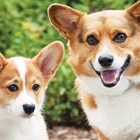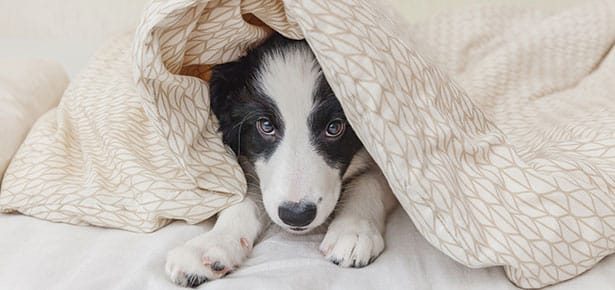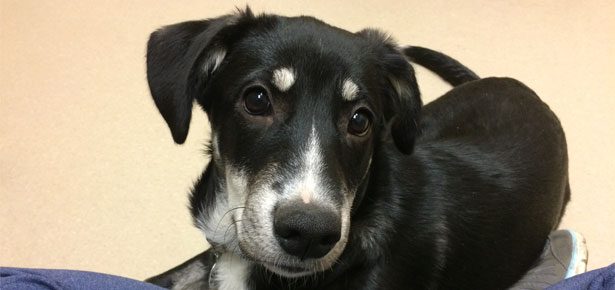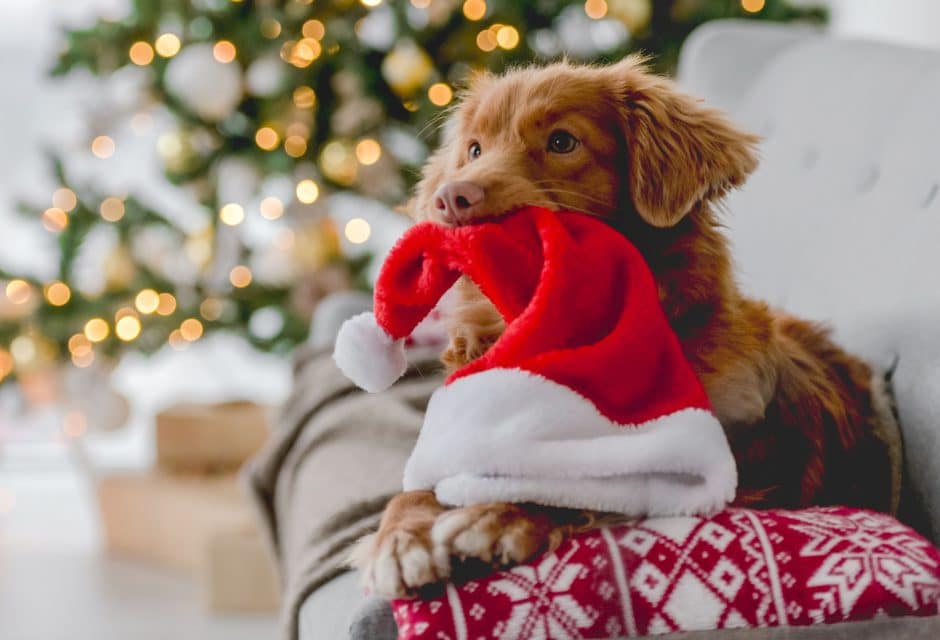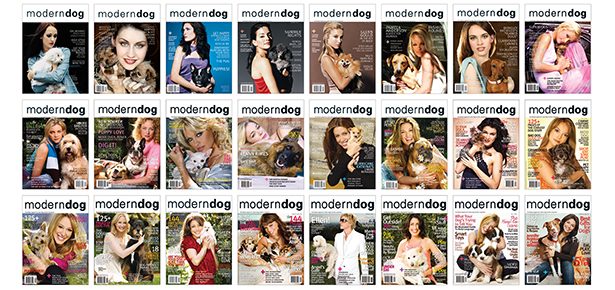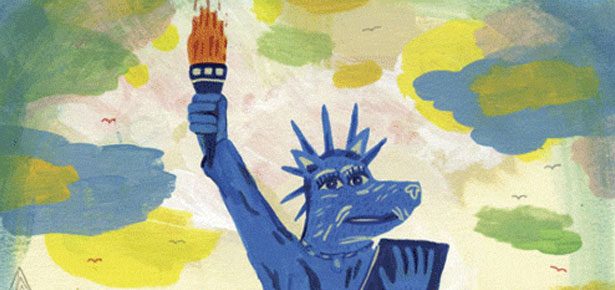
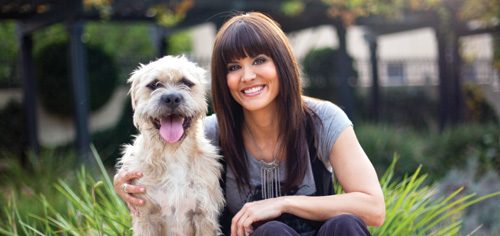
Lu Parker and Monkey
Not just another pretty face
As a runner, I call every dog I meet “Monkey.” Big and burly or petite
and wee, they’re all “Monkey.” So when I met the dog sitting with his
human-mom at the table behind mine at Best Friends’ Animal Society’s
Lintroller Party in Hollywood, I naturally greeted him with my usual: “Hey,
Monkey!” What I didn’t know was that I was meeting with a real Monkey:
Monkey Parker, the adopted canine-kid of Lu Parker, who first garnered global
attention when she was crowned Miss USA in 1994. In chatting with Parker, it
didn’t take long for my fascination with her to grow, and not simply because
she was internationally ranked for wearing a bikini well. (Contrary to what my
mother thinks, I’m actually not so superficial that I select my friends based on
good looks.) Rather, my friend-crush developed when I learned that this pageant
winner turned Emmy Award-winning journalist is a crusader blazing a rescue
awareness path through Los Angeles. Along with high-profile boyfriend, Mayor
Antonio Villaraigosa, she is gaining something of a reputation for changing
the face of animal welfare. And that face belongs to one survivor in particular,
whose name just happens to be Monkey. For real.
MJ: You’re originally from South Carolina, and you’ve joked about being
raised in a barn. What kind of animals did you
have growing up?
LP: My step-father lived on a plantation. Lots
of land. We had horses, dogs, cats. We had
piglets named Mork and Mindy. I was always
saving animals. Even when they didn’t live, we
knew we gave it a chance. Ultimately, animals
were just a part of my life. I even did my homework
sitting on top of my horse. That’s where I
was most comfortable. I loved it.
MJ: There’s a difference between having animals,
loving animals, and advocating for animals. You fall into the last category.
What drives you?
LP: It’s what I’m supposed to be doing. After I won Miss USA, in the Miss
Universe pageant, they asked what my mission in life was. And I don’t think I
knew at that time. I was young. It came to me later. Sometimes a door opens
and before you know it, you’re going 90 miles an hour. When I go to bed at
night, I look at Monkey all comfortable and I can’t help but think of all the dogs
in shelters.
MJ: Can you tell us how Monkey came
into your life?
LP: In the news business, people tell
you: “You travel, you can’t have a dog.”
But I always wanted one. Then, about
three years ago, I felt like it was time. So I
started going around to shelters and, well,
it was like when you decide you’re going
to go out looking for a boyfriend. You
know there’s lots out there, but you don’t
connect with anyone in particular. So I
decided: I’m going to stop looking, and he
will come in to my life.
Then one day, I’m in my office at
KTLA, and they air a pet segment every
morning. I heard them all sort of saying
“awwww…” and I turned around and
saw this face on the camera. I was like:
“He’s beautiful!” And he really wasn’t
beautiful. He’d been run over, his head
was shaved, he looked pathetic. But I ran
to the studio, because I had to meet this
dog. He was just getting off the set. And
when I met him, he looked right into my
eyes, and I was like: “This just might be
the dog!” I visited him at the vet’s where
he was staying later that day. And it was
done. There was no going back.
MJ: When people hear that five million
animals are euthanized in America every
year, it’s hard to grasp. But when you see
one dog like Monkey, you get it.
LP: That’s why I take him everywhere
with me. Any time I am going to be
around people in a high-visibility capacity,
he’s with me.
MJ: You have a goal for 2010 that
involves the development of a new nonprofit
organization in LA. Can you tell us
about it?
LP: We’re still working on the name.
We like the idea of the name including
more than animals. It’s about animals, the
environment, kids, and even celebrities
coming together.
My initial goal is to help positively
remake the image of LA’s shelters. I want
to make them a happy place. I want to get
kids involved in painting them, in creating
murals. Shelters right now are dark.
There’s this feeling they are bad places. Even the collars around
the dogs’ necks, where their identification hangs, are chain-link.
The main reason shelters use them is because they are inexpensive.
I want to raise money so that they don’t ever use those chains
again. Because with those chains on, for example, Pit Bulls look
horrible. Those chains even look bad on a Chihuahua! It really
impacts their image. It’s a small change in the way a shelter and a
rescue dog are marketed.
MJ: It’s the tiny things that can create massive change. It’s the
tipping point.
LP: It is. Antonio and I were visiting the South LA shelter
recently and there were huge piles of dirty blankets and towels,
and we asked what was wrong, and their response was that they
were backed up because the shelter only had an apartment-sized
washer and dryer. So we arranged for them to have an industrial sized
washer and dryer installed.
We’re coordinating with engineering students in designing a
gated area—where garbage cans are currently stored—and transforming
it into a grassy meet-and-greet area. So instead of meeting
your new dog surrounded by barking dogs, you’re in this peaceful
area. One of the things I’d like to do with my non-profit is raise
funds to get that done.
So I want to focus on small things like that, to help make LA a
model in the shelter system. It’s all in Monkey’s honour.
MJ: You’re juggling a lot simply with the work obligations that
come from being a journalist. How is it possible you find time to
do what you do for animals?
LP: Passion definitely gets me out of bed each day. Sometimes
I wake up and am like: “Ohhhh, I have way too much to do!”
But as my mom always says: “I’ll sleep when I’m dead.” Staying
focused and looking at the positive…. It’s all about looking at the
bright side and knowing you can get it done. And if it gets to be
too overwhelming, I just sort of back off a little bit.
MJ: I love talking to an over-achiever who admits they get
overwhelmed sometimes.
LP: Well, if someone doesn’t get overwhelmed, they probably
have three assistants.
MJ: What have you learned about life from rescuing Monkey?
LP: I have learned to pay attention. Monkey pays attention. He
knows when I am happy. He knows when I am sad. I think sometimes
we get so busy we forget to pay attention to our friends and
our families and our communities. Monkey really listens, he really
watches. He really knows how to just be there.
Join the newsletter and never miss out on dog content again!
"*" indicates required fields
By clicking the arrow, you agree to our web Terms of Use and Privacy & Cookie Policy. Easy unsubscribe links are provided in every email.
